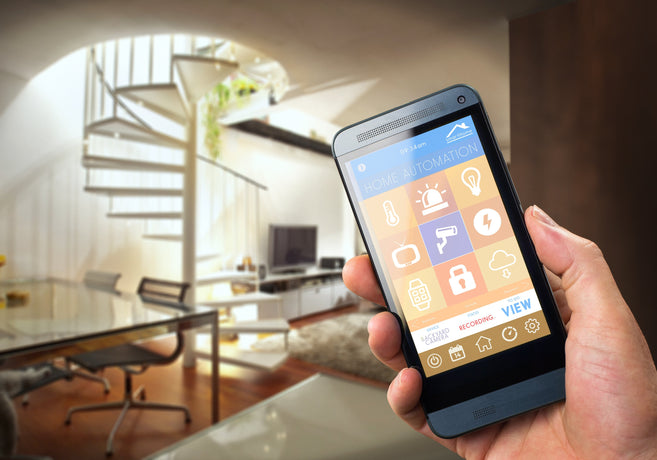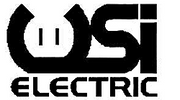- No products in the cart.
How to Make a Smart Home
17
Apr
Intelligently designed home products are advancing at a rapid pace, and with those advancements comes a lot of questions about how to make a smart home that is best suited to provide for modern needs.
Today, many homeowners are taking the very best of new smart homes technology and using it to improve the functions of their home both for added security and for added utility. So what does that look like? Let’s start with the basics.
What is a Smart Home?
To understand the components of a smart home, you first have to understand what a smart home is.
By its most fundamental definition, a smart home is a home that has been equipped with technologies that can be controlled virtually through a device like a laptop or smartphone.
Taking it a step further, a smart home is a home with features that elevate pre-existing functions with intelligent design think thermostats that program themselves, refrigerators that text you your grocery list, and of course, security features that bring together the best of technological innovation to better protect you, your family, and your belongings.
What do you need in a Smart Home?
How you design your own smart home depends a lot on the specific benefits you’re looking to achieve.
If you’re interested in energy efficiency, for example, you’re going to want to install smart home products that intuitively reduce energy use, monitoring and adjusting usage on the backend without the need for human input. Specific devices for this include the aforementioned smart thermostats, as well as smart heating and cooling systems that regulate themselves at certain times of the day for optimal air quality and temperature.
You can also upgrade your home security by installing smart home security systems and individual gadgets that work together to provide superior safety. These measurements will allow you to monitor and control your home’s security remotely from various devices.
For example:
Smart home locks. Keyless replacements for traditional door locks that open by keypad, fingerprint, or smartphone. Choose who gets the code, set unique codes for certain people (like your dog walker or nanny), and enjoy significantly better protection than you’d get from a standard deadbolt.
Security systems. Security systems aren’t new, but they’ve definitely gotten smarter. Examples include indoor and outdoor security cameras with facial recognition technology to alert you when someone unfamiliar is in or around your home, as well as security sensors with more range and less of a footprint than the sensors you may be used to.
Smart smoke alarms. Know if your smoke alarms are going off, even if you’re not home. Better yet, turn them off from your phone if they’re just reacting to heat coming from the kitchen (we’ve all been there).
Smart garage door openers. Program a smart garage door opener to automatically open your garage when you pull in the driveway, and link it with other smart systems so things like your lights and your heating also turn up when you arrive back at home.
If you’re ready to turn your home into a smart home, we’re here to help. Contact us today for more information on smart home products and capabilities, and browse www.wholesalehome.com to view some of the industry’s most exciting smart home devices.






































